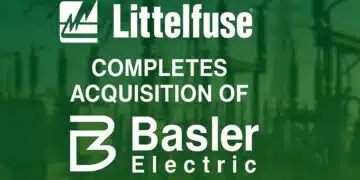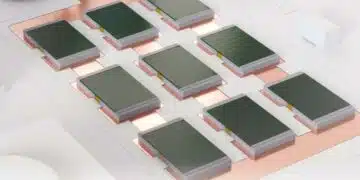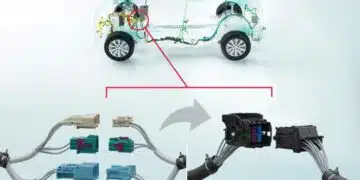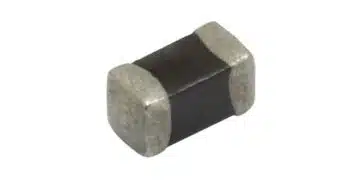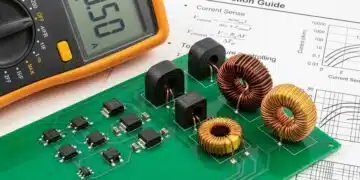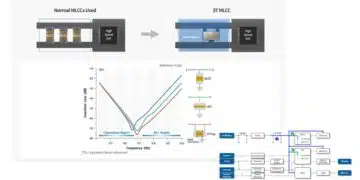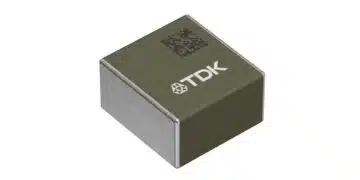TDK Corporation presents the B3271*H* series, new EPCOS low self-inductance DC link film capacitors that feature high energy and power density.
The capacitors are rated for voltages from 500 V DC to 1600 V DC, offer capacitance values from 0.47 µF to 170 µF and are suitable for a maximum operating temperature of up to 105 °C. At a rated voltage and operating temperature of 70 °C, the typical life of the rugged, self-healing and RoHS-compliant capacitors is 95,000 hours.
The capacitors are available in lead spacings of 27.5, 37.5 and 52.5 mm, with both 2-pole and 4-pole versions. This results in more than 90 types, offering high design flexibility. For the selection of the suitable DC link capacitor TDK offers the tool CLARA.
The low self-inductances of only 11.5 nH to 23 nH combined with the high ripple current capability make the new capacitors particularly well suited for SiC-based inverters operating at high switching frequencies. The series is qualified to IEC 61071, AEC-Q200 as well as UL 810 and enables use in typical industrial applications such as frequency converters, photovoltaic inverters, EV fast chargers and automotive applications such as onboard chargers and auxiliary and power inverters.
Features
- Voltages from 500 V DC to 1600 V DC
- Capacitance values from 0.47 µF to 170 µF
- Maximum operating temperature 105 °C
- 2-pole and 4-pole versions available
- Low self-inductances of only 11.5 nH to 23 nH
- High ripple current carrying capacity
Applications
- Frequency converter
- Photovoltaic inverter
- EV fast chargers
- Onboard chargers
- Auxiliary and power inverters



